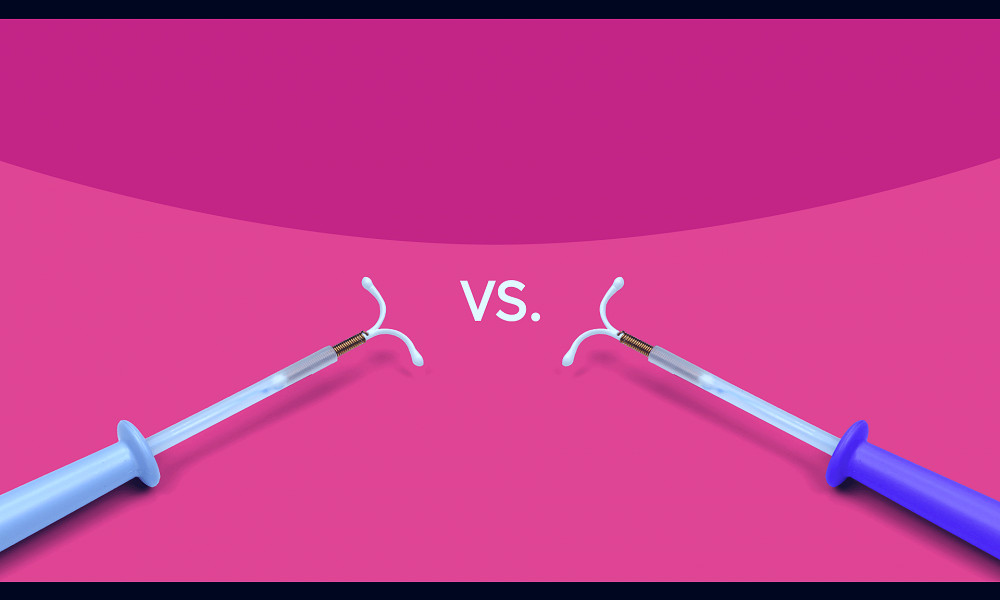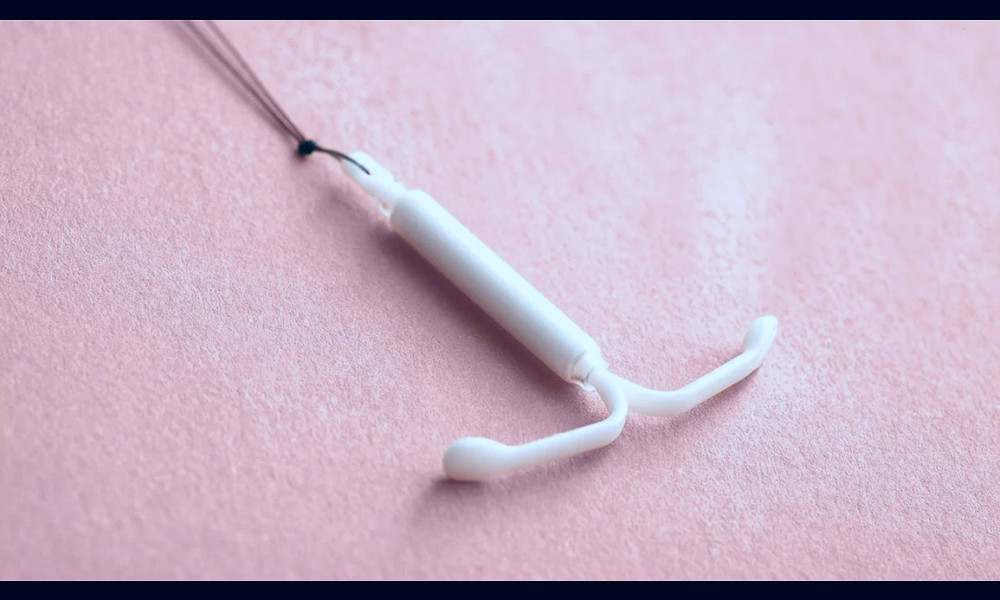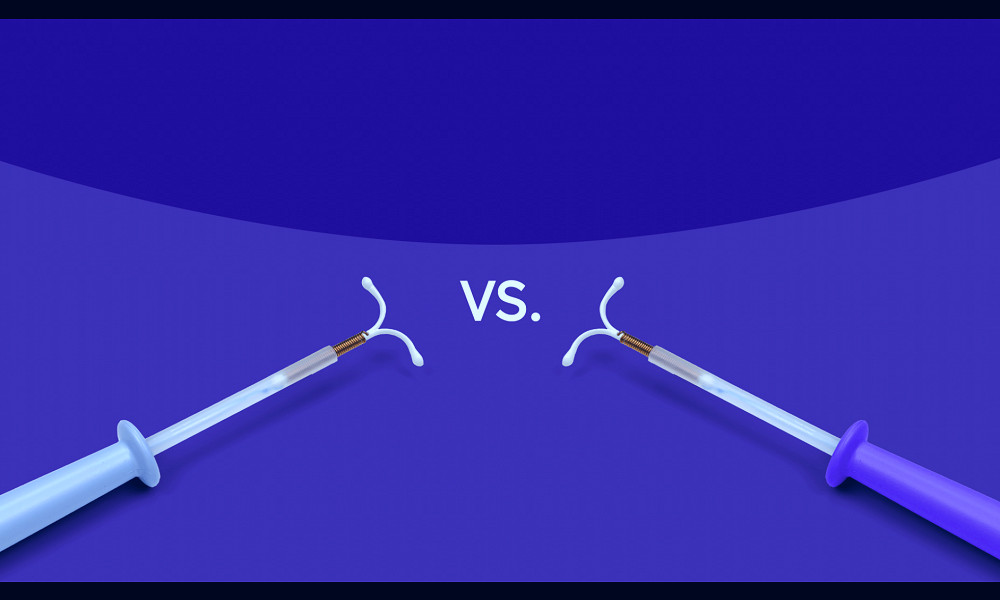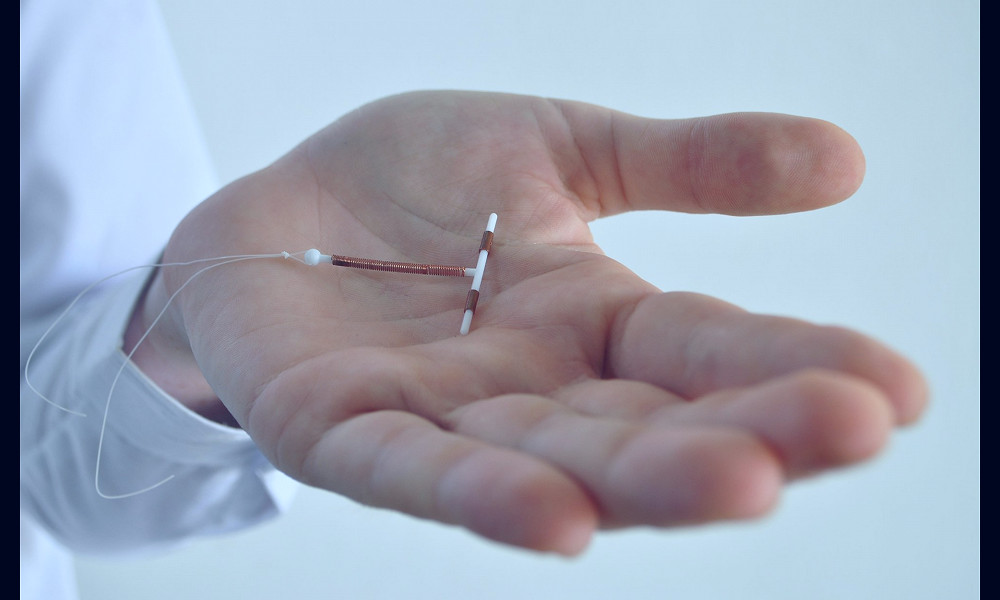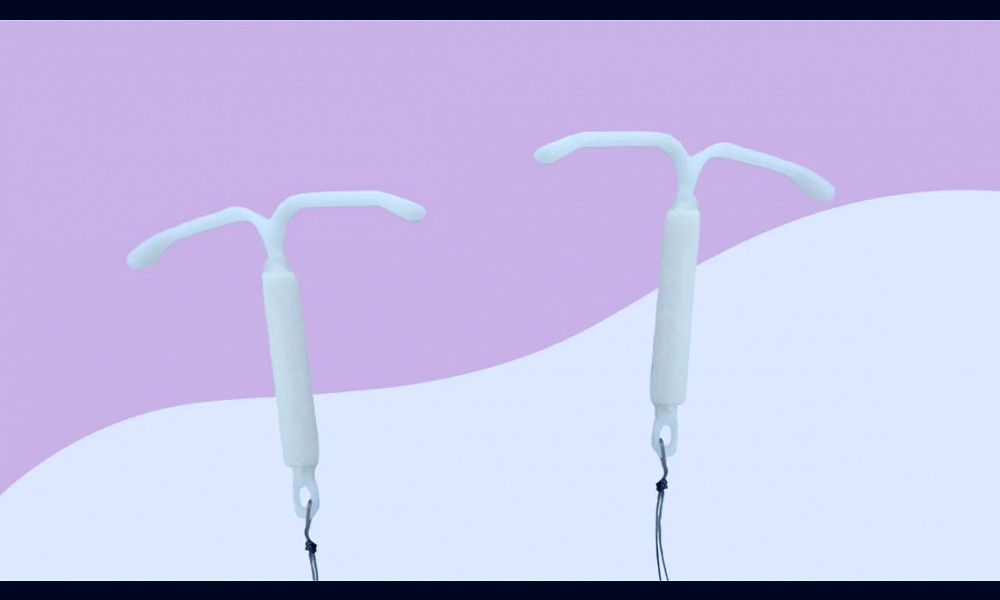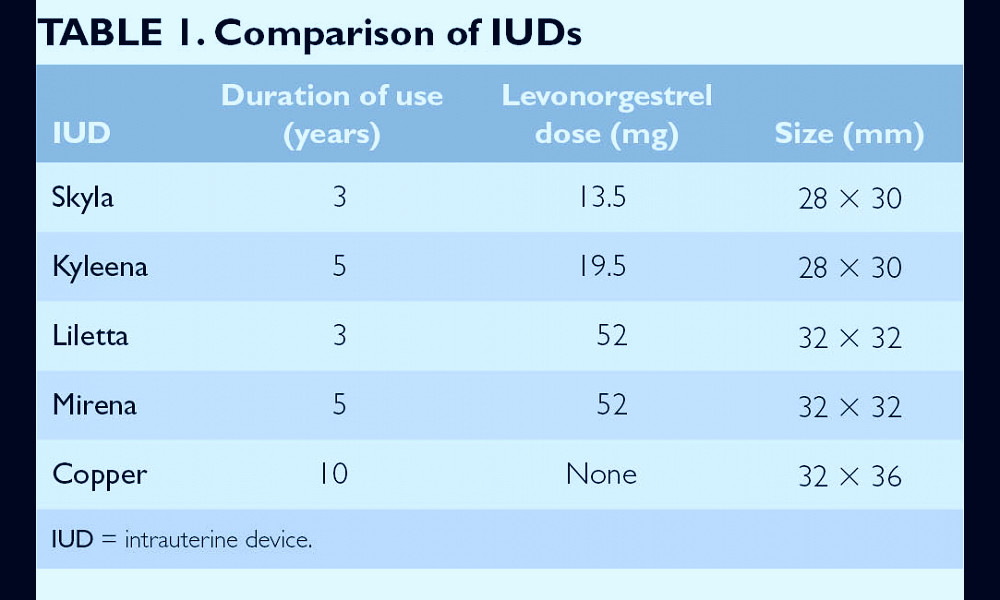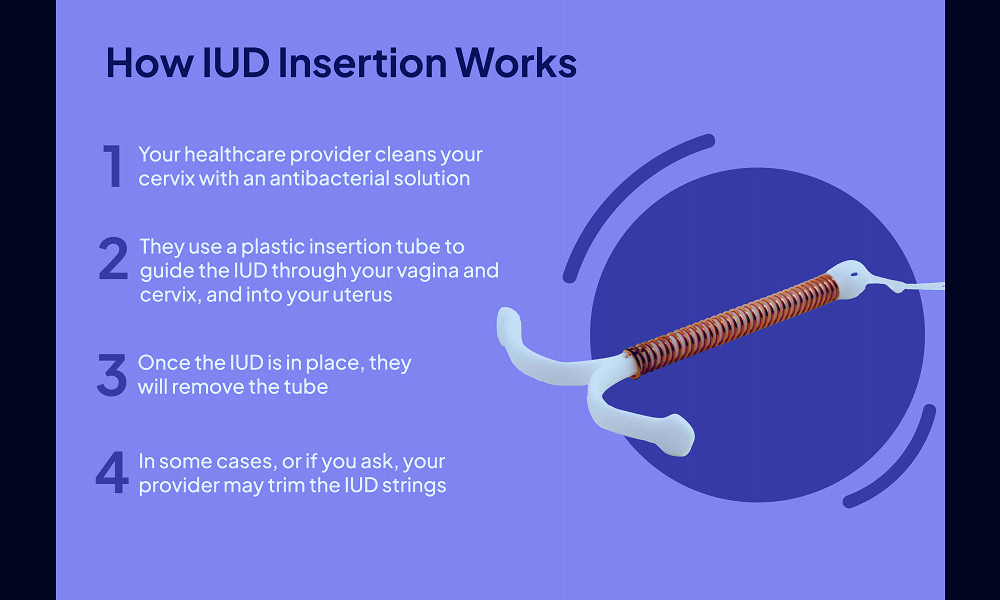
Exploring User Experiences: A Comprehensive Review of Kyleena IUD
Kyleena is a small, flexible, hormone-releasing IUD that provides up to 5 years of birth control. It's over 99% effective and can be removed at any time if you decide to plan for a pregnancy. Kyleena releases a low dose of hormones directly into the uterus, and many women experience lighter, less painful periods after a few months of use. It's a convenient and reliable option for those seeking long-term, reversible contraception.
Introduction to Kyleena
Kyleena is a type of intrauterine device (IUD) widely used as a long-term method of birth control. Manufactured by the pharmaceutical company Bayer, Kyleena utilizes a hormone called levonorgestrel to prevent pregnancy. Read more
Mechanism of Action
Kyleena works by releasing a steady, low dose of levonorgestrel directly into the uterus. This hormone thickens the cervical mucus to prevent sperm from reaching the egg, thins the uterine lining to inhibit egg implantation, and sometimes suppresses ovulation. Read more
Duration of Effectiveness
One of the key benefits of Kyleena is its long-term effectiveness. Once placed, it prevents pregnancy for up to five years. However, it can be removed at any time if the user wants to conceive or switch to a different method of contraception. Read more
Ease of Use
Kyleena is inserted into the uterus by a healthcare professional during a routine appointment. Once in place, there's no need for daily or even monthly maintenance, making it a hassle-free option for many women. Read more

Side Effects
Like all medications, Kyleena can cause side effects. These may include irregular menstrual periods, abdominal/pelvic pain, ovarian cysts, back pain, headache/migraine, nervousness, dizziness, nausea, vomiting, bloating, breast tenderness or pain, weight gain, changes in hair growth, acne, depression, changes in mood, loss of interest in sex, itching or skin rash, and puffiness in the face, hands, ankles, or feet. Read more
Effect on Menstruation
With Kyleena, menstrual periods may become lighter or even cease altogether. Some users may experience spotting or irregular periods, especially in the first three to six months. Read more
Reversibility
Kyleena offers reversible contraception. This means that fertility can return quickly once the device is removed. Most women can conceive within a year of removal. Read more
Safety Profile
Kyleena is generally safe for most women, including those who have not had children. However, it’s not suitable for women with certain health conditions like liver disease, breast cancer, or unexplained vaginal bleeding. Read more

Effectiveness
When used correctly, Kyleena is more than 99% effective at preventing pregnancy. This makes it one of the most reliable contraceptive methods available. Read more
User Satisfaction
Many users have reported high levels of satisfaction with Kyleena, citing its long-term effectiveness, convenience, and minimal maintenance as key advantages. However, individual experiences can vary, and it's important to discuss any concerns with a healthcare provider. Read more
Read more
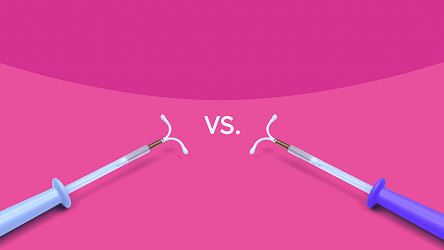 Kyleena vs. Mirena: Differences, similarities, and which is better for you
Kyleena vs. Mirena: Differences, similarities, and which is better for you Kyleena IUD: Learn About the Insertion, Pros and Cons, and More
Kyleena IUD: Learn About the Insertion, Pros and Cons, and More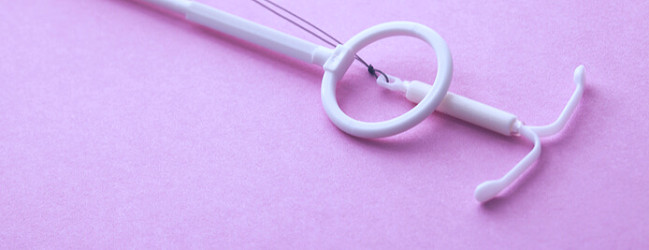 Kyleena IUD: Learn About the Insertion, Pros and Cons, and More
Kyleena IUD: Learn About the Insertion, Pros and Cons, and More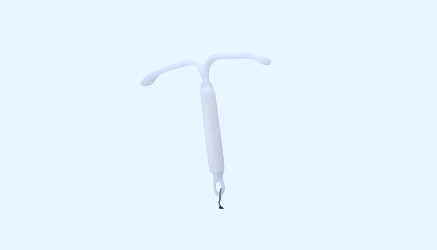 Kyleena coil Reviews - The Lowdown
Kyleena coil Reviews - The Lowdown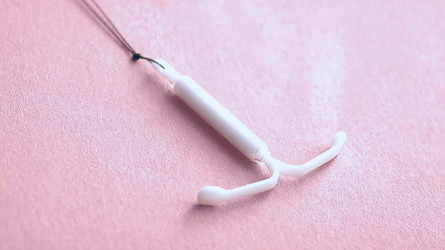 13 Things to Know About the Kyleena IUD
13 Things to Know About the Kyleena IUD KYLEENA IUD: *one year in* my truthful experience, side effects, insertion process, pain, tips - YouTube
KYLEENA IUD: *one year in* my truthful experience, side effects, insertion process, pain, tips - YouTube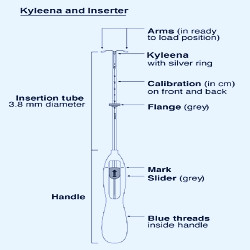 Kyleena Dosage Guide - Drugs.com
Kyleena Dosage Guide - Drugs.com Kyleena IUD: Learn About the Insertion, Pros and Cons, and More
Kyleena IUD: Learn About the Insertion, Pros and Cons, and More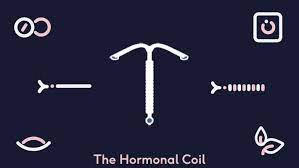 Jaydess, Mirena, Kyleena, Levosert: Which is Best? | The Lowdown
Jaydess, Mirena, Kyleena, Levosert: Which is Best? | The Lowdown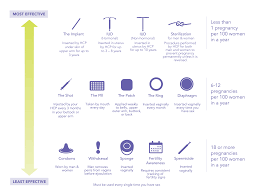 Types of IUDs and How to Choose | KYLEENA® & MIRENA®
Types of IUDs and How to Choose | KYLEENA® & MIRENA®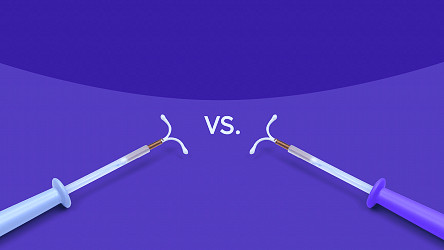 Skyla vs. Mirena: Differences, similarities, and which is better for you
Skyla vs. Mirena: Differences, similarities, and which is better for you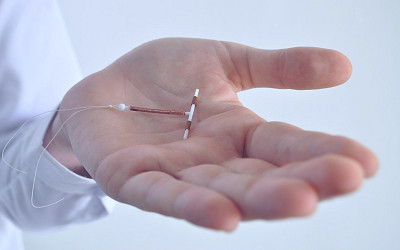 7 Reasons to Love IUDs | One Medical
7 Reasons to Love IUDs | One Medical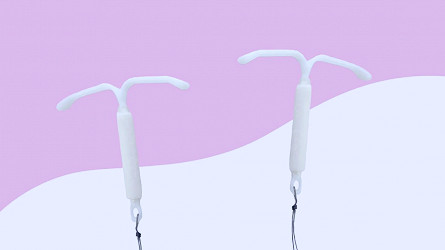 IUD Brands: Comparing Mirena, Paragard, Skyla, Liletta, Kyleena
IUD Brands: Comparing Mirena, Paragard, Skyla, Liletta, Kyleena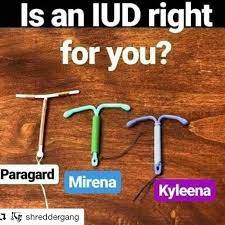 Postpartum Girdle/Shapewears - #Repost @shreddergang (@get_repost) ・・・ Following our post last week on birth control and weight gain most women were persuaded that the IUD was best for them after reading reviews
Postpartum Girdle/Shapewears - #Repost @shreddergang (@get_repost) ・・・ Following our post last week on birth control and weight gain most women were persuaded that the IUD was best for them after reading reviews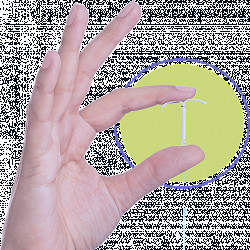 Kyleena IUD – Embry Women's Health
Kyleena IUD – Embry Women's Health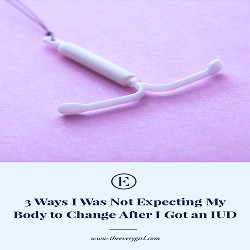 3 Ways My Body Changed When I Got an IUD | The Everygirl
3 Ways My Body Changed When I Got an IUD | The Everygirl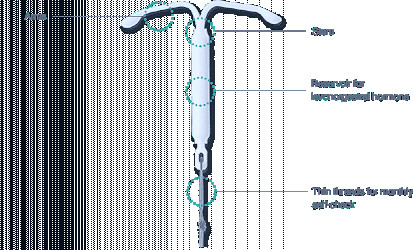 Mirena IUD in Bradenton, FL | Birth Control in South Bradenton, FL
Mirena IUD in Bradenton, FL | Birth Control in South Bradenton, FL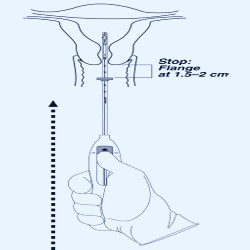 KYLEENA- levonorgestrel intrauterine device
KYLEENA- levonorgestrel intrauterine device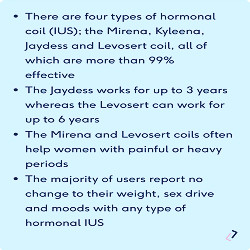 Jaydess, Mirena, Kyleena, Levosert: Which is Best? | The Lowdown
Jaydess, Mirena, Kyleena, Levosert: Which is Best? | The Lowdown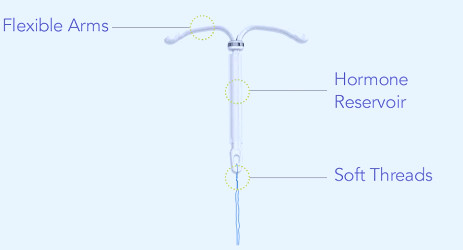 What the Kyleena is and why consider it
What the Kyleena is and why consider it 